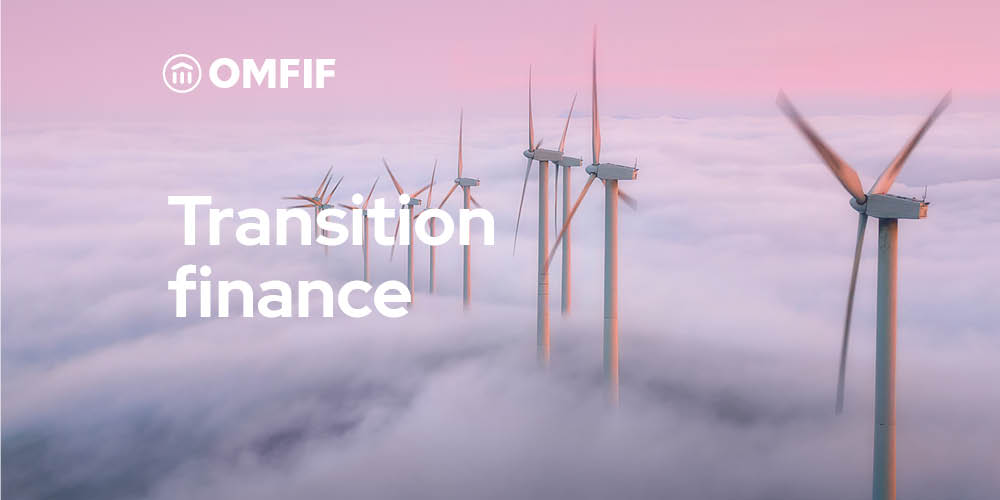Sponsored by

Building resilience through climate-aligned finance, by Isabella Frymoyer, programme coordinator, Sustainable Policy Institute at OMFIF.
Regional insights
Ecosystem collapse and the rising threat of systemic risk
Policy-makers must understand the catastrophic shifts that climate change and nature loss could cause, writes Lydia Marsden, research fellow at the UCL Institute for Innovation and Public Purpose and knowledge exchange fellow for the Integrating Finance and Biodiversity programme.
How central banks can manage climate risk
To navigate the transition effectively, central banks must act – within their mandates – to address both current and emerging risks, writes Isabela Ribeiro Damaso Maia, head of sustainability and international portfolio investors relations at Banco Central do Brasil.
How developing countries are turning climate risk into economic opportunity
Master plan in Jharia, India offers a crucial blueprint for climate economics, writes Udaibir Das, visiting professor at the National Council of Applied Economic Research and senior non-resident adviser at the Bank of England.
Nature positivity
Making the transition nature-positive
Sustainable finance taxonomies are key to shifting financial flows towards ‘nature-positive’ investments aligned with the transition, write Sem Houben, prudential policy expert, and Emily Dahl, policy engagement and communications expert at the United Nations Environment Programme Finance Initiative.
Climate pragmatism in a fragmented world
Finance is adapting to a warming world, writes Linda-Eling Lee, founding director of the MSCI Sustainability Institute.
No net zero without nature-positive outcomes
When navigating sustainability risks in capital markets, the net-zero transition must include nature-positive solutions, writes Marcus Pratsch, global head of sustainable bonds and finance at DZ BANK.
Risk and regulation
Rethinking climate risk in financial modelling
Model uncertainty and the long-run divergence of current climate scenarios create latent short-term risks, write Sharon Asaf, head of climate risk analytics, and Sebastian Werner, head of climate risk scenario design at Citigroup.
A pause, not a retreat in sustainability regulations
Firms need to seize the moment and prepare, writes David Carlin, former head of risk at the United Nations Environment Programme’s Finance Initiative and co-founder of UNEP FI’s Risk Centre.
A macroprudential response to systemic climate risk
A potent interaction between climate shocks and financial vulnerability may sow the seeds for financial instability, motivating a macroprudential response, writes Paul Hiebert, head of systemic risk and co-chair of the analytical working groups of the European Central Bank and European Systemic Risk Board.
Challenges and strategies for banks in reducing financed emissions
Banks are striking a careful balance between supporting clients in carbon transition and meeting their own emissions reduction goals, writes Frank Mirenzi, vice president at Moody’s Ratings.
Persistent data gaps pose hurdles for banks’ climate strategies
Banks face rising expectations from market stakeholders to provide details of their climate risk exposures and transition plans, writes William Attwell, director of climate research at Sustainable Fitch.
















